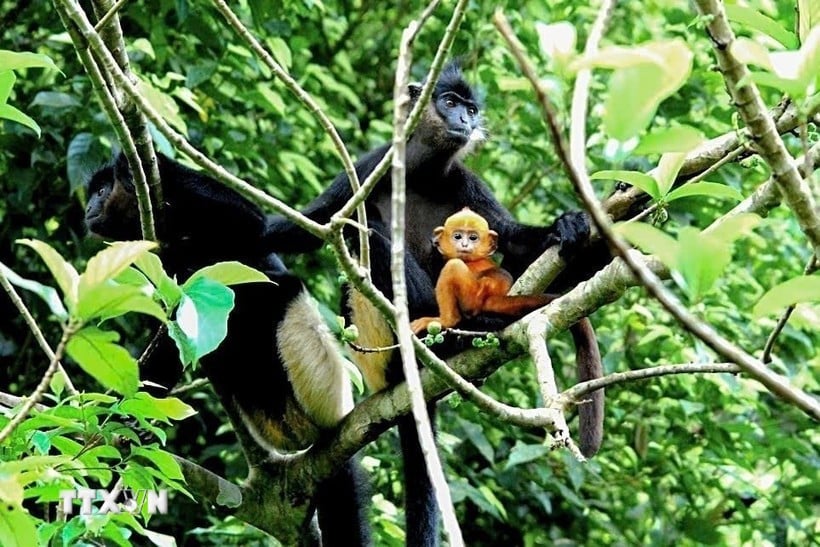
On the eve of a period of accelerated economic , infrastructure, and tourism development, preserving the living space for wildlife, especially rare and endemic species, and ecosystems is no longer an option but a vital responsibility, closely linked to the quality of life, ecological security, and the right to breathe clean air for future generations.
Therefore, after VietnamPlus Online Newspaper published a series of articles titled " Building Conservation Spaces: A Life-or-Death Mandate, a Responsibility for the Future ," Mr. Doan Hoai Nam, Deputy Director of the Department of Forestry and Forest Protection ( Ministry of Agriculture and Environment ), argued that it is necessary to promptly issue "green certificates" - establishing planned and projected conservation areas - to protect and preserve natural treasures.
A strong wake-up call
But First, could you please tell us the Forestry and Forest Protection Department's assessment of the series of articles recently published by VietnamPlus Online Newspaper?
Deputy Director Doan Hoai Nam: We have read the series and found it to be a comprehensive, timely, and influential series for management agencies as well as policymakers and those involved in activities related to conservation, sustainable forest resource development, natural environment protection, and biodiversity conservation. It also aims to raise awareness among the community and policymakers about the urgency of conservation efforts, moving towards a green economy and sustainable development.
In particular, the series of articles sounded a strong alarm about the alarming state of nature conservation and environmental protection in Vietnam under the pressure of economic development; clearly demonstrating the role and responsibility of the press in reflecting issues that have a major impact on the future of the country.
In addition, the series of articles also delved into the role of local leaders, arguing that the crux of the matter lies in mindset and determination in choosing between immediate economic benefits and long-term sustainable development, which is entirely appropriate in the current context.
But Given the situation as reflected in our recent articles, what specific directives do you think the Ninh Binh Provincial People's Committee should issue in the immediate future to protect ecosystems, conserve biodiversity, especially the rare white-buttocked langur population in the Kim Bang area, Ha Nam province (now Ninh Binh province)?
Deputy Director Doan Hoai Nam: To effectively protect ecosystems and conserve biodiversity, the People's Committee of Ninh Binh province needs to direct competent agencies to synchronously and resolutely implement strategies, plans, and action plans approved by the Prime Minister on: Forestry, fisheries, environmental protection, and biodiversity conservation.
Specifically, the Ninh Binh Provincial People's Committee needs to focus on reviewing the institutional framework and legal policies to ensure synchronized, unified, and practical implementation; strictly adhere to legal regulations and international commitments; strengthen the organization and supervision of law enforcement; closely control activities that affect forest resources and the environmental landscape; and ensure resources for forest management and protection, marine conservation, and biodiversity activities.
Regarding the populations of white-buttocked langurs in Kim Bang, Ha Nam (now Ninh Binh), the local authorities need to urgently complete the dossier to establish a Special Forest Area for the conservation of the white-buttocked langur species and habitat, in accordance with the National Forestry Planning for the period 2021-2030, with a vision to 2050, approved by the Prime Minister in Decision No. 895/QD-TTg dated August 24, 2024.
Resolutely reject projects that cause impact
But From the perspective of the Department of Forestry and Forest Protection, Ministry of Agriculture and Environment, the following proposals will be made, suggesting how to intervene and propose solutions to contribute to improving the effectiveness of conservation of ecosystems and biodiversity nationwide in general; especially the populations of white-buttocked langurs in Ninh Binh province?
Deputy Director Doan Hoai Nam: To address the existing problems in the conservation of forest ecosystems and biodiversity, the urgent solution is to focus on reviewing and improving the legal system; ensuring consistency and uniformity among laws on forestry, environmental protection, and biodiversity, and aligning them with practical realities as well as international commitments to which Vietnam is a party.
This also includes effectively implementing national strategies and plans for forestry, environment, and biodiversity; strictly controlling activities related to the environment; and improving the quality and transparency of environmental impact assessments for projects.
Localities need to resolutely reject projects that seriously affect important ecosystems; promote the application of science and technology.
But So, with the merger of provinces and cities and the operation of a two-tiered local government model, do you think that conservation areas (within the same locality) should be merged with each other in the future to strengthen management and conservation efforts more effectively?
Deputy Director Doan Hoai Nam: The organization and management of special-use forests are specifically regulated by the Forestry Law. All special-use forests established to date have been managed in accordance with this law and have been effective in protecting forest resources and biodiversity.
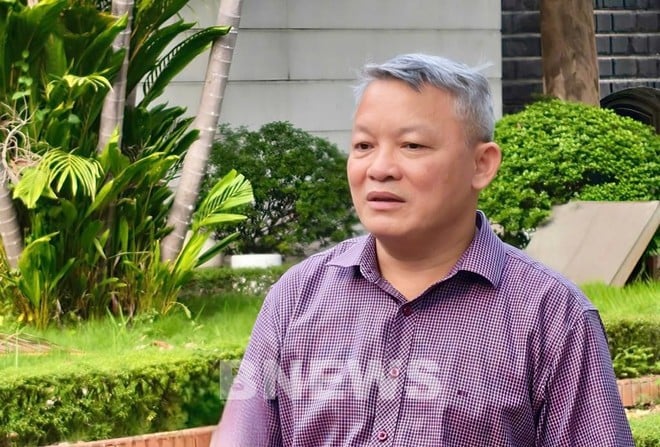
With the merger of provinces and cities, some provinces have also merged their management boards for administrative purposes. However, there is no basis yet to assess whether this model is more effective in management. Therefore, an evaluation based on legal, scientific, and practical grounds is necessary.
Urgently issue "green book" for endemic species
But Regarding areas that were planned for conservation zones (before the provincial merger), such as the Kim Bang White-buttocked Langur Species and Habitat Conservation Area, in your opinion, should this area be established as a separate conservation zone as planned, or should it be considered for merger with the Van Long Wetland Nature Reserve?
Deputy Director Doan Hoai Nam: In our view, the Kim Bang White-buttocked Langur Species and Habitat Conservation Area should be established separately. (This means that this area needs to be granted a "green book" soon to ensure effective management, habitat protection, and wildlife conservation).
The reason is that the National Forestry Planning stipulates the separation of the Kim Bang White-buttocked Langur Species-Habitat Conservation Area from the Van Long Species-Habitat Conservation Area (formerly the Van Long Wetland Nature Reserve, now also planned as a Species-Habitat Conservation Area). Scientifically, these forests are also located in separate areas and not contiguous plots.
However, the Ninh Binh Provincial People's Committee could consider establishing a management board to oversee these two species-habitat conservation areas, in line with the streamlining of the administrative apparatus that the Party and State are currently implementing. Furthermore, the Van Long area already has a management board and a designated person in charge, so management would be easier. The province could increase resources to enable the management board to handle the management of both conservation areas.
This matter falls under the jurisdiction of the province, so if the Ninh Binh Provincial People's Committee wishes to proceed with the above plan, the Ministry of Agriculture and Environment is also ready to agree on the basis of truly effective management.
Previously, on August 24, 2024, the Prime Minister issued Decision No. 895/QD-TTg approving the National Forestry Planning for the period 2021-2030, with a vision to 2050. Accordingly, a new conservation area for the White-faced Langur species and habitat in Kim Bang district was planned, covering an area of 3,182 hectares.
Based on the local authorities' proposal, the Ministry of Agriculture and Rural Development has also sent a document to the People's Committee of Ha Nam province. This document confirms that the project to establish a conservation area for the White-faced Langur species and habitat in Kim Bang district is consistent with the Ha Nam Provincial Planning for the period 2021-2030, with a vision to 2050, approved by the Prime Minister in Decision No. 1686/QD-TTg dated December 26, 2023; and consistent with the National Forestry Planning for the period 2021-2030, with a vision to 2050, approved by the Prime Minister in Decision No. 895/QD-TTg dated August 24, 2024.
Therefore, the project to establish the Kim Bang White-cheeked Langur Species and Habitat Conservation Area ensures the principles of establishing a special-use forest stipulated in Point a, Clause 1, Article 9 of Decree No. 156/2018/ND-CP of the Government detailing the implementation of a number of articles of the Forestry Law and has some comments for further improvement. The Ministry has also requested local authorities to consider, direct the completion, decide to approve the establishment of the White-cheeked Langur Species and Habitat Conservation Area in Kim Bang and soon organize management according to their authority.
For about 30 new zones expected to be established nationwide (from now until 2030), localities need to review and report to the Ministry on the implementation status, as well as difficulties and problems (if any), so that the Ministry has a basis to monitor, urge and provide guidance appropriate to the new situation.
But Experience from several countries around the world, such as Thailand, shows that all protected areas are under the unified management of the Thai Department of National Parks, Wildlife and Plant Conservation. As a result, forests and national parks are closely linked, have very broad planning, and utilize budgets transparently, leading to effective management. In your opinion, could Vietnam adopt this model?
Deputy Director Doan Hoai Nam: Each country has a different political system, so the models of state management in each field also differ. We should only refer to successful management models of other countries and adapt them to suit the conditions and political circumstances of our country.
We have previously proposed solutions to this issue, but in reality, it is very difficult. The reason is that it depends on many factors, from policy mechanisms to financial and human resources. Therefore, specific research is needed.
Thank you very much!
| The special-use forest system in Vietnam was formed in 1962 with the establishment of Cuc Phuong forbidden forest (now Cuc Phuong National Park). Through many stages of development, the special-use forest system now has 35 national parks, 56 nature reserves, 18 species-habitat conservation areas and about 60 landscape protection areas, historical-cultural relics with a total area of over 2.3 million hectares in most important natural forest ecosystems. With the above results, Vietnam is highly appreciated by the international community in the work of forest management, protection, development and conservation of nature and biodiversity. | |
Source: https://baolangson.vn/cuc-lam-nghiep-va-kiem-lam-can-som-cap-so-xanh-cho-bau-vat-cua-thien-nhien-5055299.html





![[Photo] The captivating scenery of the fragrant maple forest in Quang Tri](/_next/image?url=https%3A%2F%2Fvphoto.vietnam.vn%2Fthumb%2F1200x675%2Fvietnam%2Fresource%2FIMAGE%2F2025%2F12%2F10%2F1765353233198_lan09046-jpg.webp&w=3840&q=75)
![[Photo] Explore the US Navy's USS Robert Smalls warship](/_next/image?url=https%3A%2F%2Fvphoto.vietnam.vn%2Fthumb%2F1200x675%2Fvietnam%2Fresource%2FIMAGE%2F2025%2F12%2F10%2F1765341533272_11212121-8303-jpg.webp&w=3840&q=75)





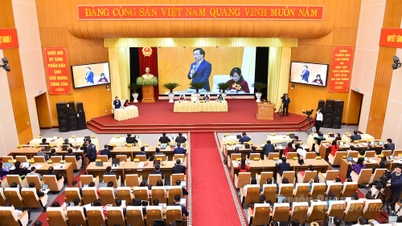



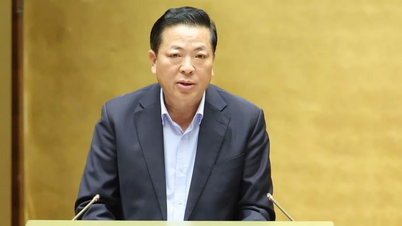












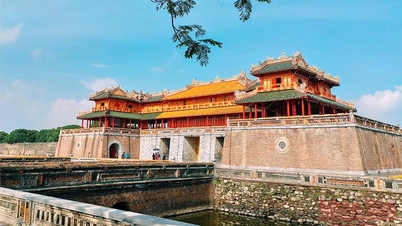



![[Video] The craft of making Dong Ho folk paintings has been inscribed by UNESCO on the List of Crafts in Need of Urgent Safeguarding.](https://vphoto.vietnam.vn/thumb/402x226/vietnam/resource/IMAGE/2025/12/10/1765350246533_tranh-dong-ho-734-jpg.webp)

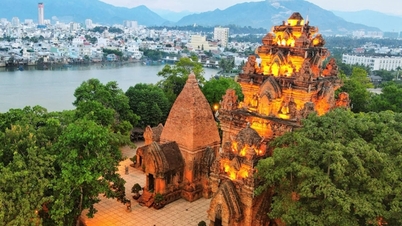














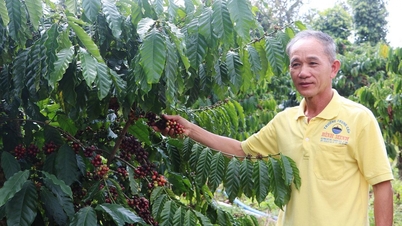





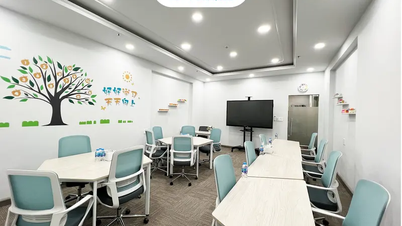




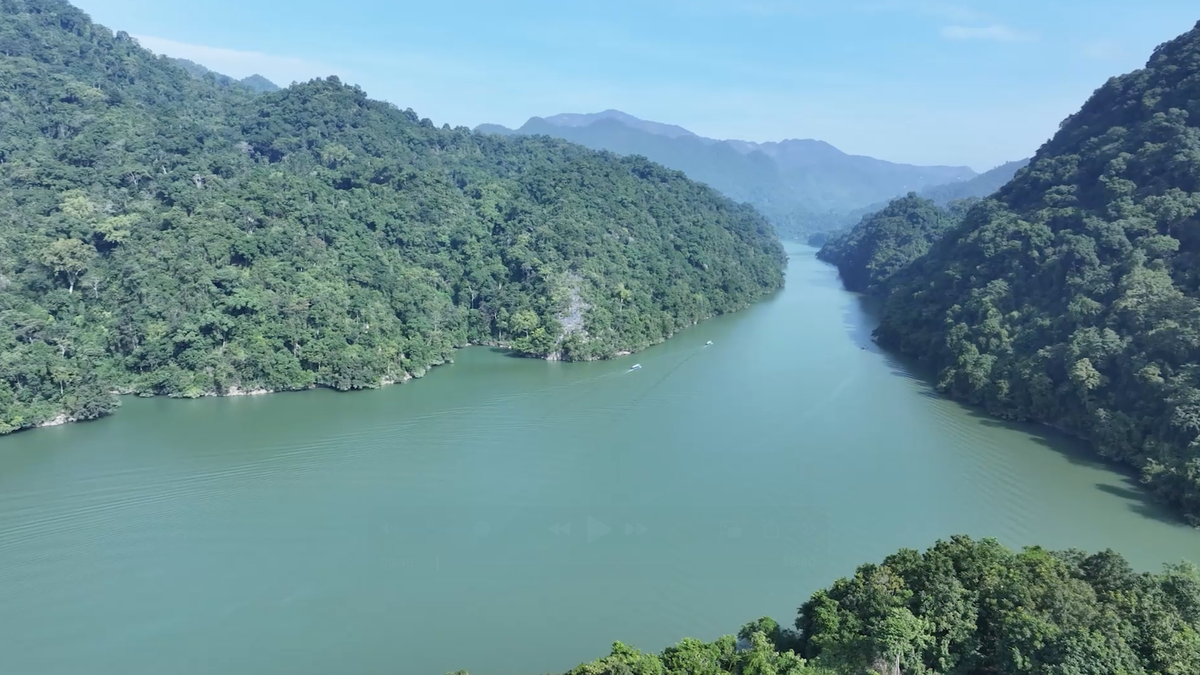









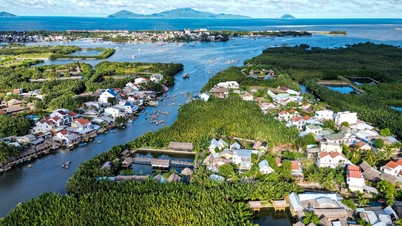
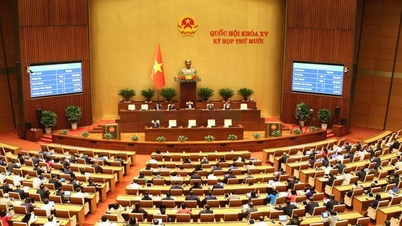

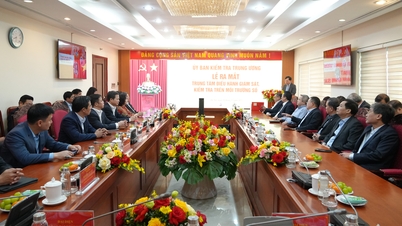


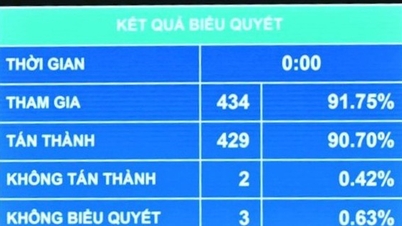





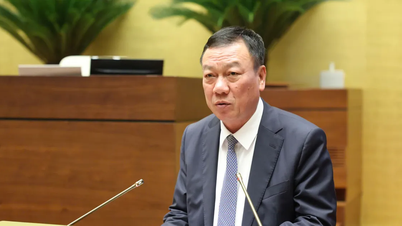


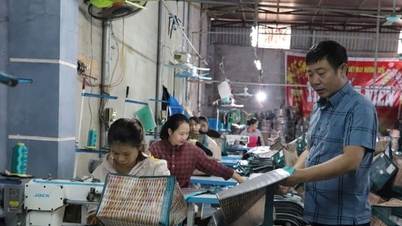



















Comment (0)